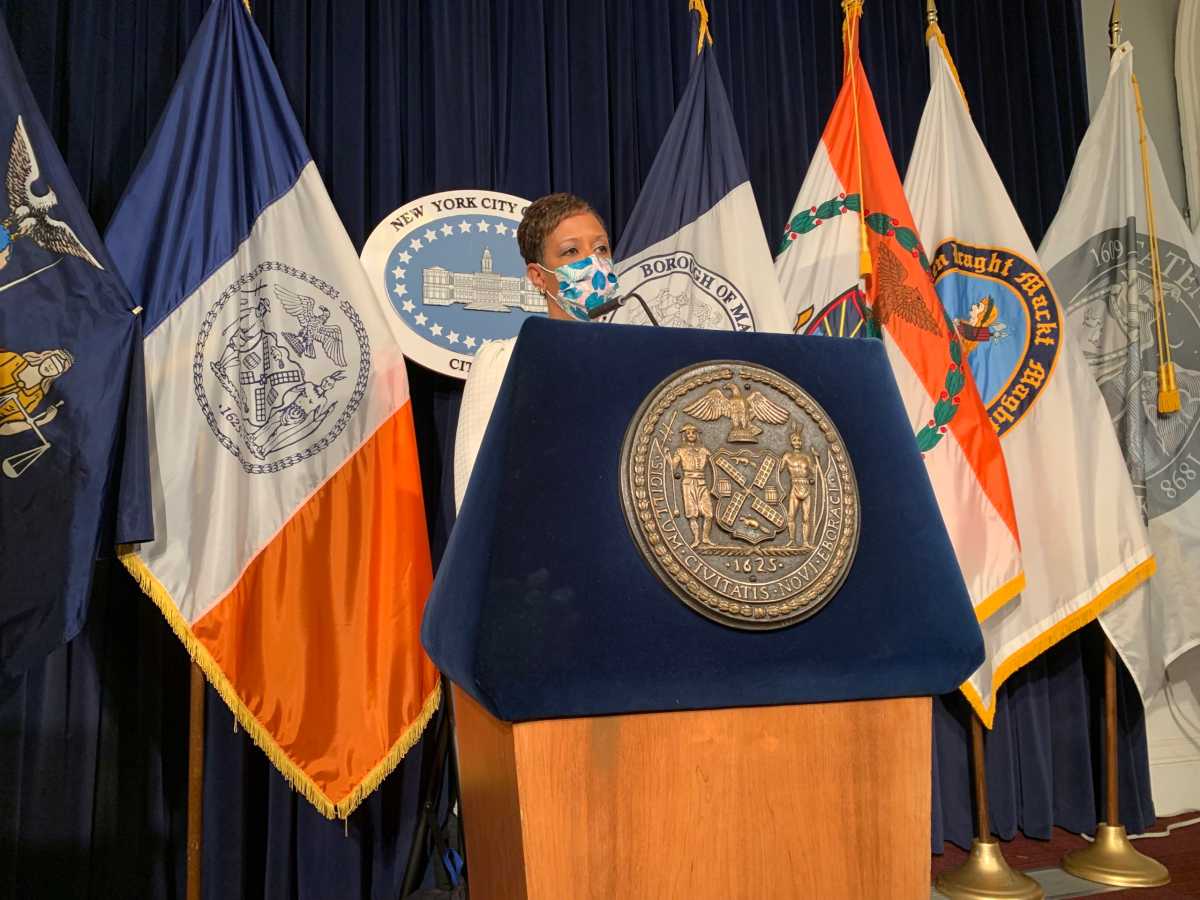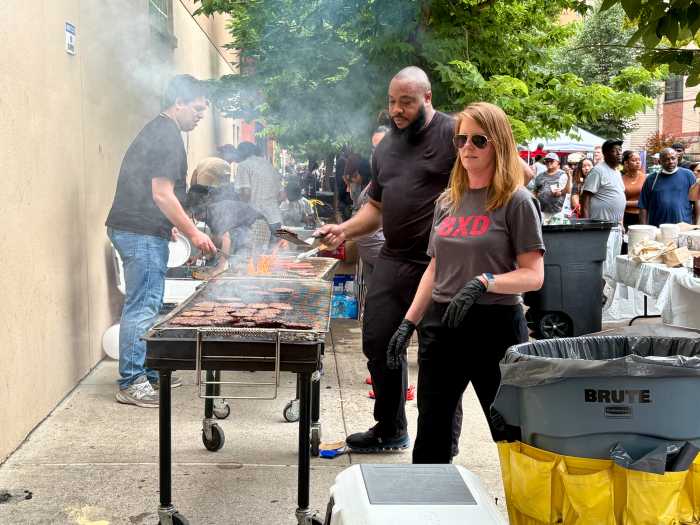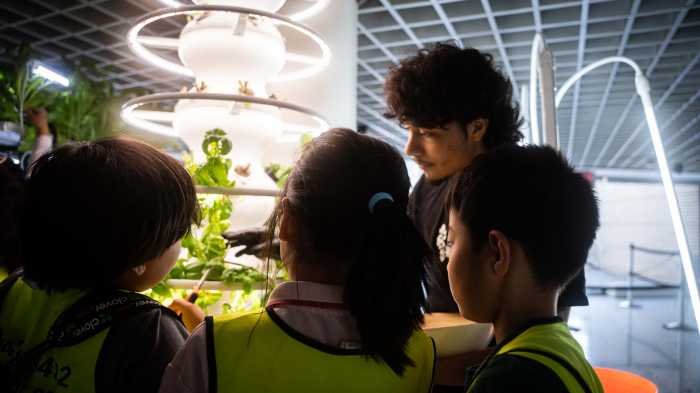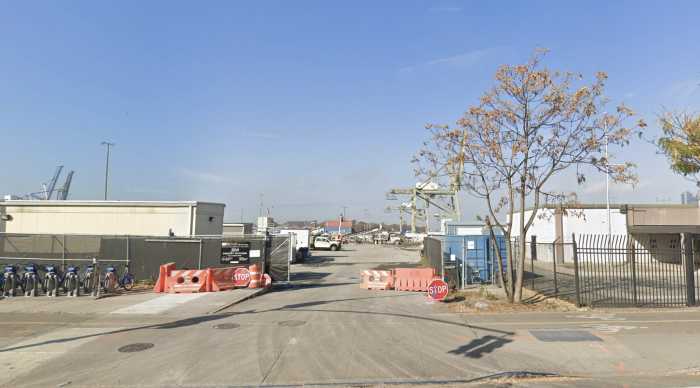In the aftermath of a Tuesday mass-shooting on an N Train in Sunset Park, City Council Speaker Adrienne Adams Thursday said the council is looking both at a review of the city’s response to the incident and introducing trauma centers focussed on treating victims in the aftermath of similar crises.
Adams said she wants the council to look specifically at what the MTA is doing to keep straphangers safe on the subways, including a review of the transit system’s cameras – which were malfunctioning at the Sunset Park station during the attack.
“We need to take a look at specifically ways that we keep the public safe,” Adams said. “But I think that we really need to hone in on what worked as far as the MTA is concerned. What broke in the subway? What types of precautions were taken or are taken on a day-to-day basis to protect New Yorkers in the transit system? We’d like to take a look at the cameras, particularly to evaluate what cameras work. We know that there are at least 10,000 that are in the system.”
The suspected shooter Frank James, who’s accused of denating smoke bombs and opening fire on a crowded subway car – hitting 10 commuters and injuring many others, was arrested yesterday in the East Village after a 30-hour manhunt. James was arraigned Thursday afternoon in Brooklyn federal court on terrorism charges, a judge ordered him held without bail.
While Adams said that conducting a review of the city’s response to the shooting is crucial, she also believes the best way to stem gun violence is to focus on taking preventative measures rather than just responding to incidents as they happen. That’s why, she added, the council proposed opening trauma recovery centers around the city in its Preliminary Budget Response for fiscal year 2023.
“Too often, we talk about the victims of violence and their surviving family members and communities, but we don’t do enough to help people recover,” Adams said. “When this trauma is left unaddressed, it only increases the likelihood that cycles of harm and violence continue. People’s lives are further destabilized, it makes our communities less safe and undermines the strength of our city. As a city, we have to do more to provide mental health, trauma, recovery and victim services to the survivors of violence.”
Adams said the goal of these centers is to provide services to trauma victims – something she said is especially needed in lower-income communities of color. These are the communities, she added, who are the least likely to receive victim’s services following traumatic events.
“Nationally, Black men under the age of 35 living in urban areas with annual incomes of $25,000 are more likely to be victimized than any other group,” Adams said. “Yet, they are least likely to receive support for victim compensation programs that states operate to support crime victims. So, the most harmed are the least helped.”
They’re aiming to place more than one of these centers in every borough, Adams said, and even more than one for the boroughs that are most in need. But, she added, it’s too early in the process to know the program’s price tag or if it’ll have to be tied to specific pieces of legislation.







